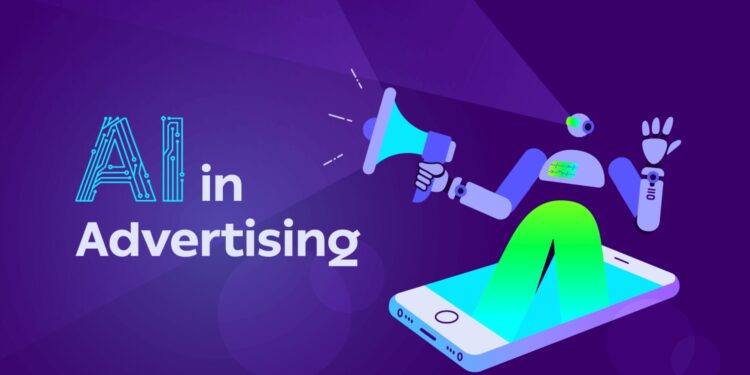Artificial Intelligence (AI) is increasingly making its way into the ad world, and like all new technologies, it’s driving both hope and skepticism among marketers.
With AI there are unparalleled possibilities for both creative disruption & reinvention, hyper-personalized targeting and efficient campaign orchestration and also great and lasting challenges around ethics and responsible use.
Today, AI tech can write ad copy, create visuals and even produce video content at an impressive pace. This development has increased efficacy of the campaigns and has made it possible to generate the most targeted campaigns on the basis of super-sized consumer data.
For example, AI algorithms, leveraging users’ preferences, can serve personalized ads in real time, which may increase the likelihood of a user engaging or converting.
But this techological A-bomb requires us to think very carefully about the morals of it. Fears are growing about transparency, algorithmic bias, and the potential to deceive consumers.
Watch Dogs and consumer advocacy groups are growing louder in their calls for a set of rules and regulations to govern the responsible use of AI in advertising.
Of course, one of the biggest bugbears these days is disclosure of AI-generated content. It raises questions of whether consumers should be aware when they are engaging with advertisements that are created by A.I. As long as there is a lack of transparency, we can seriously damage the trust and distinction in real human creativity and algorithm things.
What’s more, stereotypes perpetuated in the data that AI models use can also inadvertently perpetuate discriminatory advertising, exacerbating inequalities in society. It takes nothing short of vigilant guardrails and responsible AI development to make sure that AI-generated campaigns are fair and inclusive.
The discussion inevitably encompasses the effect of AI on creative professionals as well. There are those who see AI as a means to strip away the drudgery of world building and free artists to crank the creative volume to eleven, and those who see potential for job loss and art-as-state-controlled-drudgery, lost to a sea of plastic expression.
Champions of industry are starting to try to solve these problems. Conversations are happening around ethics and best practices for AI in advertising. This effort would also include research into techniques to identify and reduce bias, protect data privacy and ensure AI-generated content is transparently labelled.
Going forward the challenge for the ad industry is to find that right balance, to harness the game-changing potential of AI but ensure it is used in a responsible and ethical manner. The future is in collaboration between technologists, advertisers, regulators, and consumers to ensure that AI powers creativity without diminishing trust and fairness in the advertising ecosystem.
The continued conversation has been working towards ensuring that creativity in advertising follows a moral dimension and in turn does good for brand and consumers effectively.
















